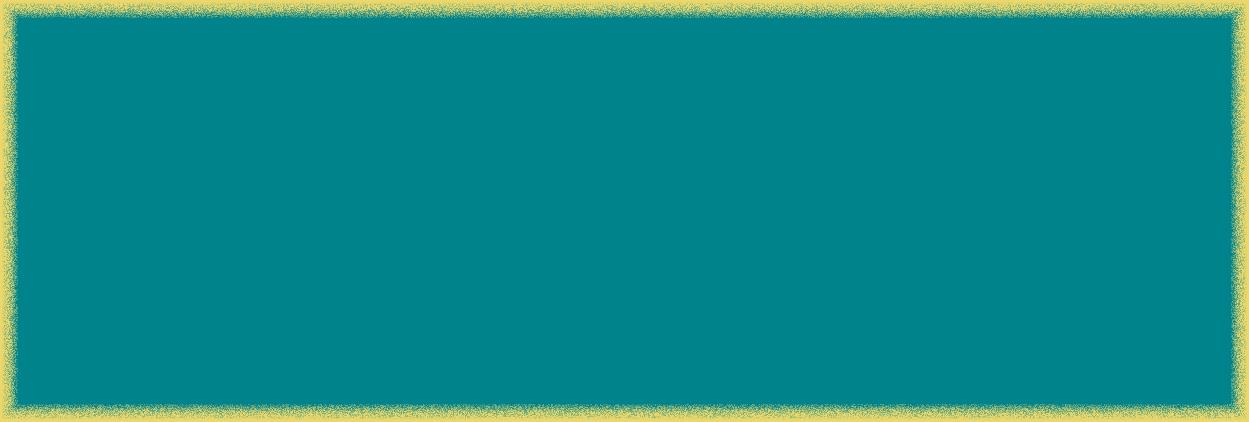
7 minute read
FUTURE is NOW
Fashion designers are modern-day alchemists, reimagining the world and synthesizing their beliefs into clothing. Fashion is a space in which designers not only design clothes, but also reimagine society. Issey Miyaki, Iris van Herpen, Marine Serre and Paula Ulargui Escalona are among designers who are writing a new narrative for fashion by using technologically innovative techniques to produce more sustainable garments. Threaded through the clothes are designers' worries and dreams about the world, ones which reflect an increasing global consciousness of the endangered natural world.
Issey Miyaki’s designs take on a life of their own, floating and bouncing down the runway in ways that ordinary dresses seldom do. His collections have shocked and delighted audiences, with dresses drifting from the ceiling onto models or stretching and compressing like accordions around their bodies.
Advertisement
The late Japanese designer pioneered a technologically advanced pleating method to achieve these unique forms. Rather than pleating fabric and then cutting and sewing it, the garments are fully assembled before heat and pressure are applied to create the permanent micro-pleats. The process was the inspiration for Miyaki’s revered line, “Pleats, Please.”
The designs speak to the Issey Miyaki label’s core philosophy: using technological innovation to make a designer item that will last the wearer for life. Miyaki’s readyto-wear pleated garments are machine-washable, durable and wrinkle-proof. They can be worn over and over without losing their form.
They are also emblematic of Miyaki’s career-long fascination with the intersection of industrial design and clothing. In a lecture he delivered after receiving the 2006 Kyoto Prize, Miyaki compared his studio to a research lab where he conducts experiments. Beyond developing pleating technologies, Miyaki constructs garments out of recycled materials and creates forms that defy conventional shapes and silhouettes. His innovations cemented his reputation as far more than a clothing designer — in 1977, he won the Mainichi Design Prize, Japan’s most prestigious award for achievement in design. He was the first non-industrial designer to do it.
Iris van Herpen’s elaborate designs appear far from man-made. The complexity of her designs makes it hard to believe that the Dutch designer does not have a background in science — just a fascination with the natural world that translates into designs resembling the bizarre organisms in biology textbooks. Her collections often start with conceptual questions, both whimsical and deeply thought-provoking, she told the New Yorker. passion for design started in her youth, which she spent going to resale shops and sifting through vintage clothing with her grandfather, a secondhand clothing dealer. She is now widely known in the high fashion industry for her passion for upcycling.
Van Herpen and her team contemplate what unusual materials can be turned into fabric, what connects all living organisms, and what challenges are facing our world. Her Fall/Winter 2021 collection titled “Earthrise,” for example, explores the increasingly fragile marine ecosystems being damaged by climate change.
However, the way she produces her designs is anything but natural.
Van Herpen’s designs are made out of recycled and unconventional objects, ranging from Evian bottles to umbrella bones and motorcycle chains.
Her fabrics, too, have been made from things like acrylic mesh, iron and foil. She uses technology such as 3D printing and laser cutting to bring it all together. Her garments blur the lines between two worlds: the natural and the hyper-advanced man-made one.
Van Herpen’s designs are more akin to sculptures and artwork than clothing, as she only makes one of each garment and does not produce full collections at the pace most designers do. The beauty of her work is that she takes pieces of the modern world, both the wasteful and the innovative, and creates something breathtaking with them.
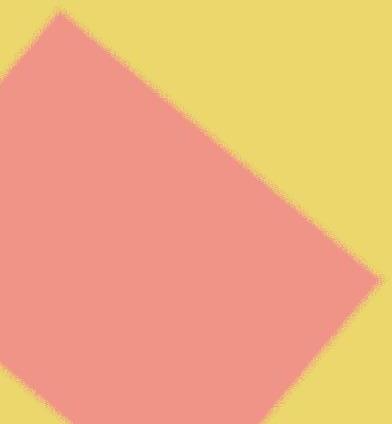
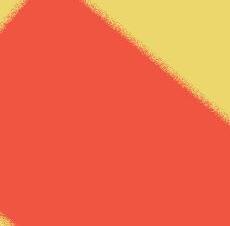
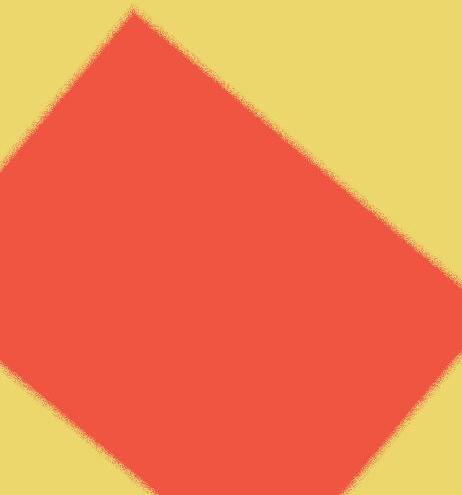
Serre stresses the idea of circularity in her business model. She wants pieces from previous seasons to be able to be reused and reinvented. One way she does this is by using recycled denim. Serre uses a laser to print her moon symbol on the denim to make it her own.
Milan, “Siamese Skins: Two Natures, One Body.” The thesis focused on reconnecting humans with nature, aiming to show that the fashion industry has the opportunity to become more sustainable and cyclical, just like nature is.
One of the most recognizable pieces from the collection is a pair of white Loewe sneakers with chia growing on the outside of the shoe, as thought they’d been left out in the wild and been taken over by nature.
Marine Serre’s crescent moon is currently one of high fashion’s most recognizable logos. To the French designer, the moon represents many different things historically. She recognizes the various meanings behind the moon in culture such as life, freedom and fertility. Serre chose the moon for the fluidity of its meaning and recognizability.
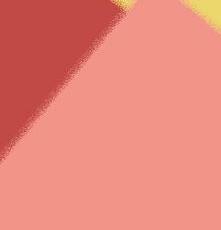
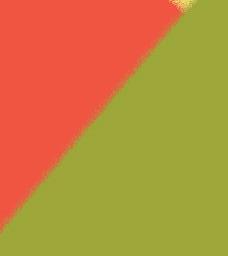
Serre’s signature design is a mesh bodysuit full of crescent moons. Her designs have futuristic elements and her collections can be described as “dystopian.” The top version of the bodysuit is often used for layering to add an interesting element to the skin of the wearer. Serre has stated that she likes to mix sportswear and couture in her designs, giving the brand a very eclectic look.
Serre attended the La Cambre Mode(s) Belgian Fashion Design academy and garnered fame when she won the 2017 LVMH Prize for Young Fashion Designers. But her
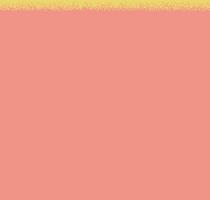
Nearly half of Serre’s collections are made of upcycled products such as carpets, tea towels and cutlery. Her brand is transformative in the movement towards creating high fashion out of used and worn everyday items.
While at the Brockwood Park School in England, Ulargui learned that many students grew their own produce. This led to a love for growing plants and caused her to try and experiment with growing plants from clothing.
Young Spanish designer Paula Ulargui Escalona is a true innovator when it comes to textiles. At the runway for Loewe’s Spring 2023 menswear collection, models walked in clothing adorned with real plants and weeds. These plants, which included cat’s wort and chia, were grown by Ulargui in a polytunnel over the course of three weeks. The collaboration was inspired by Ulargui’s final thesis project at Istituto Europeo di Design in
Ulargui’s research is continuous. Factors like light, fabric and seed type can influence the outcome of her work. A lot of her process is experimental, and the lifespan of the plants is relatively short. She drew a lot of inspiration from a talk she attended on the Anthropocene Era, the current geological era of Earth that expresses how humans have damaged the planet. Ulargui continues to explore how to increase the life span of plants and potentially preserve them forever.
Ulargui combines horticulture and fashion in a way that recognizes the contemporary disconnect between humans and the environment. Her designs give people the opportunity to connect their self expression to the environment while calling into question the role biodegradable materials can play in fashion.
By Gigi Cepeda Designed by Iliana Garner
When you hear the word “reinvention,” what comes to mind? A caterpillar, hanging itself up and wrapping itself in silk, waiting to emerge as something more beautiful (or perhaps more palatable to society) as if by a miracle. A lonely teenager donning thick black eyeliner and new clothes like Kat in “Euphoria,” who shows up to high school dressed like a dominatrix. “You look different," Kat's love interest tells her, and she responds: “I changed.” An endless stream of “glow up transformation” videos, prettythin-cisgender-white girls who dye their hair blonder and drink nothing but juice for a few days. They buy trending makeup products and monochromatic Aritzia outfits, appearing on screen at the end of a 15-minute video as something aspirational, something ostensibly better than before.
Transformation, for many of us, is optional. We might hope to reinvent and rebrand ourselves, especially as social media pushes micro-trend cycles, encouraging the grouping of ourselves into aesthetics and enforcing an unattainable standard of beauty. Reinvention is a choice we might make out of curiosity, or even insecurity. If you relate to what’s been written here thus far, you might belong to a privileged group for which reinvention is optional.
And if you aren’t part of this privileged group, reinvention is much more than a fun activity or a meandering self-exploration. Reinvention can also be a necessity: it can breathe life into one’s physical body and bring truth to the way they are seen.
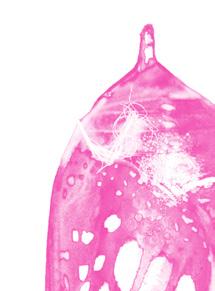
There still aren’t many complex representations of transness in the media, and the transgender characters we do see often fall into transphobic tropes or, at the very least, tropes which minimize the complexity of the human experience. But in some trans media, we are privy to the type of reinvention that constitutes an art form: the creation of the self.
The most recent and perhaps most popular representation of trans identity is Jules from “Euphoria.” As in most shows with trans characters, her characterization feels incomplete. But as far as representation goes, Jules — and her actress Hunter Schafer, through pastels, mini skirts, cropped tees and long blonde hair, bringing to mind a type of artistic self-creation that the other characters lack. And where trans characters are typically placed on either side of a harsh line — pre-transition (not cis-passing) or posttransition (cis-passing) — Jules pushes against this binary view of transness. There’s never an explicit discussion of Jules’ gender or transition, she just says she’s “leveling up.” With each level, she gets a little further in her great masterpiece: herself. who has equally taken the world by storm — is certainly notable.
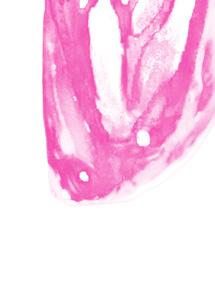
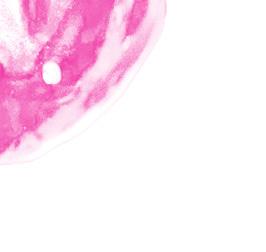

In the third episode of “Euphoria,” protagonist Rue says, “I’ve never met anyone in my entire life like Jules.” It’s clear to the viewer too that Jules is unique. Jules’ style stands out from the conventional fashion sense of the girls around her. She exhibits hyperfemininity
“So what level are you at now?” her friend Anna asks near the end of Season 1. “I don’t know,” Jules says. “But I definitely haven’t reached my full power.”
She gets closer to her “full power” in the show’s second season. She cuts her hair and wears more androgynous pieces. Lest we think Jules is a fixed manic-pixie-dream-girl, she goes through reinvention










